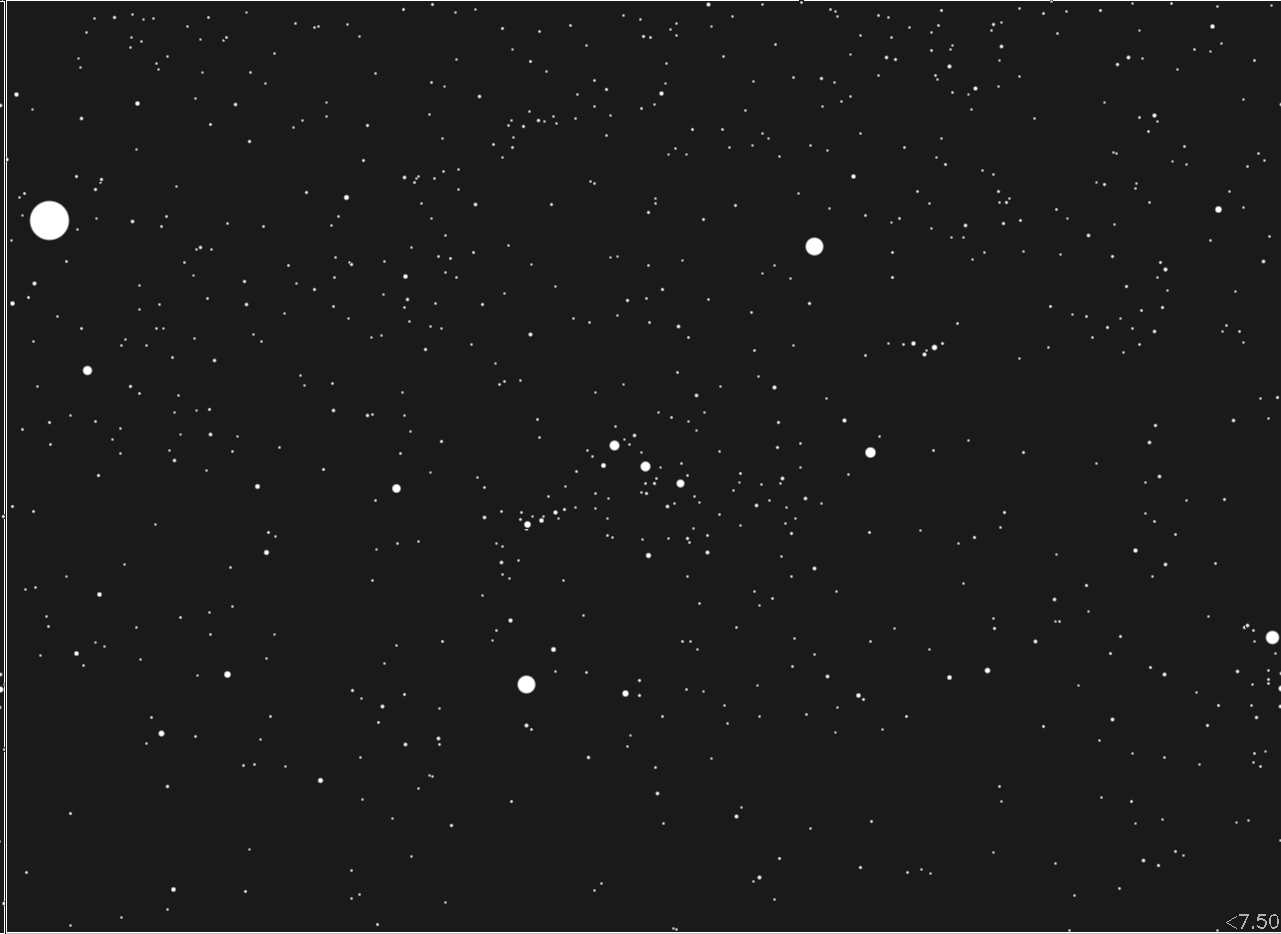







The maps are computed for clear-sky atmospheric extinction of starlight amounting to 0.25 mag in zenith. The visibility of stars is limited by the luminance of the sky, which may be much increased over the natural value of 1/4 mcd/m2 due to artificial lighting. On extremely light-polluted sky, just some brightest stars may be visible, appearing faint to the eyes not adapted to the true darkness. The limits given in the bottom right corner (the unit is omitted, it is called magnitude with a symbol mag) concern true limiting amounts of light coming to the face of the observer from individual stars, as they correspond to the level of light pollution. The scale is a queer astronomical one, when 0 mag corresponds to 2.5 µlm/m2, 1 mag to 1 µlm/m2 (microlumen per square metre) and 5 mag to to 2.5 nlm/m2 (nanolumens per square metre). Unpolluted sky enables that even stars illuminating your eyes by not more than 0.2 nlm/m2 may be seen.